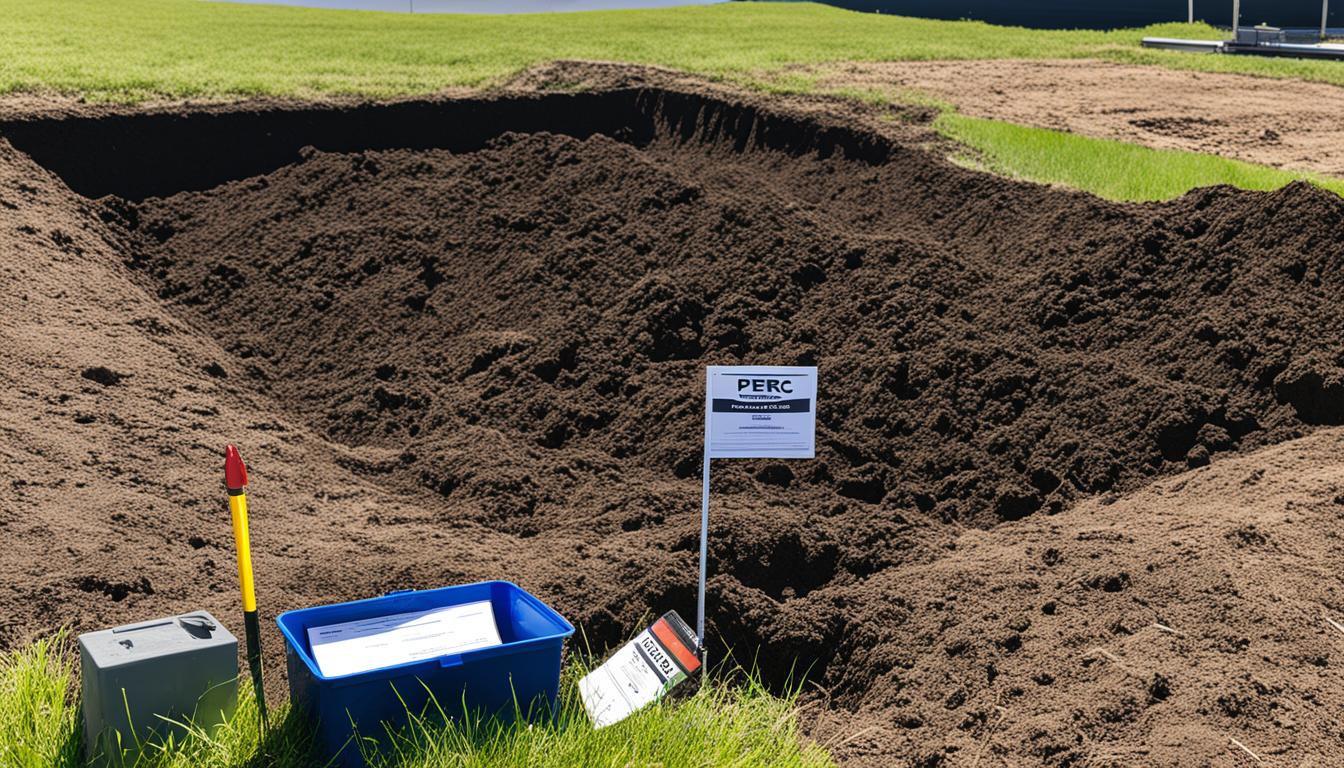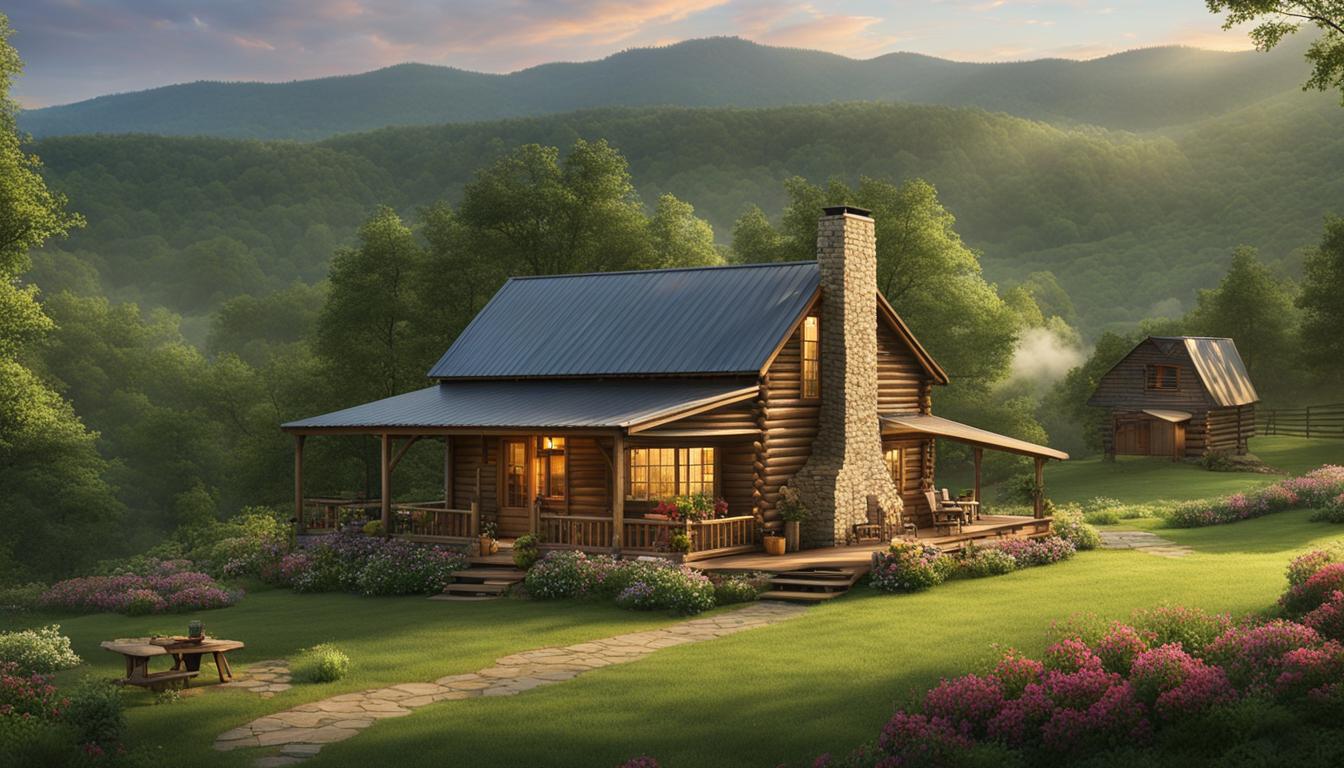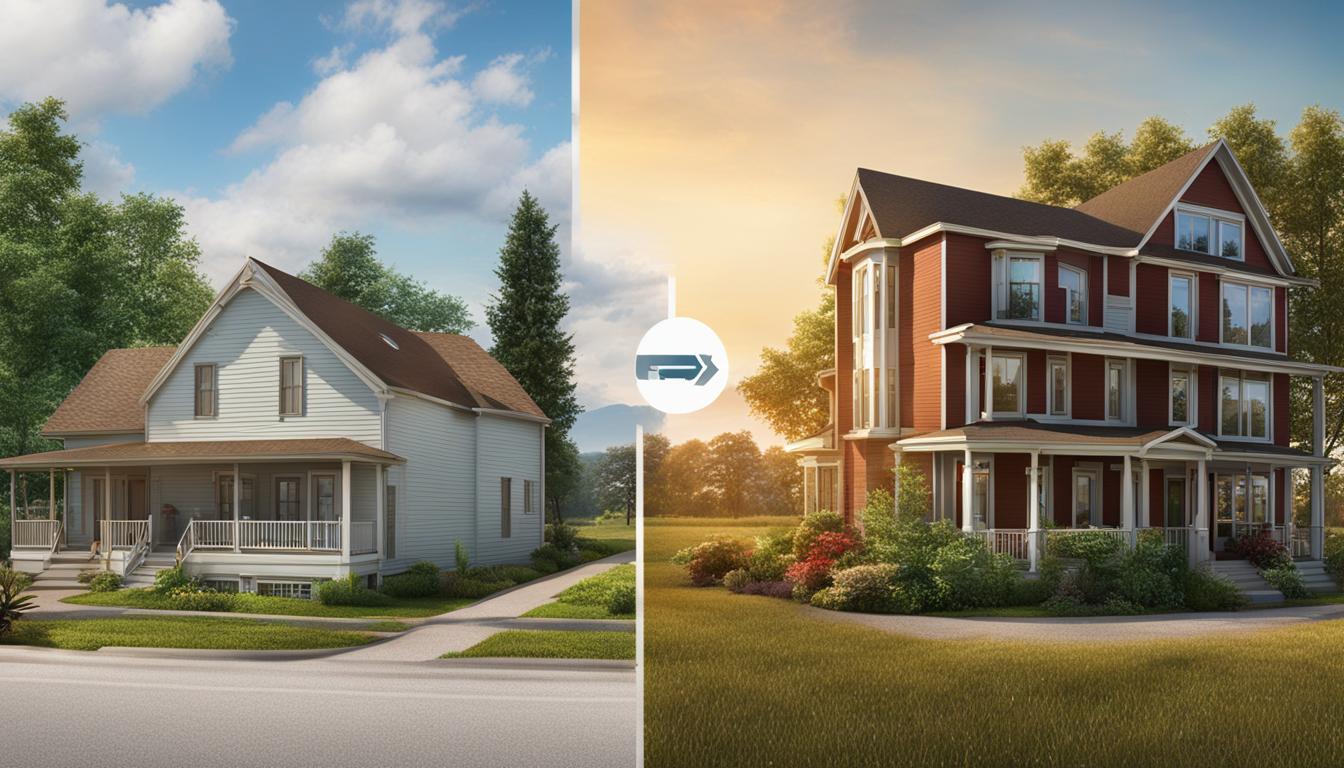Content Team
July 29, 2023
Why Rural Land is (Usually) More Affordable
This article will be very brief, but let’s quickly discuss a few key items as to why rural land is oftentimes more affordable as opposed to suburban and urban areas. There are several reasons for this, and below, we will highlight a few.
Keep in mind that each of the basic factors below are simply mentioned and highlighted from a very general “price-per-acre” perspective. As mentioned in another article, it would be impractical to compare any two pieces of land from an apples and oranges perspective, and that is not the intent. The goal is to simply point out a few factors as to why rural asking prices can oftentimes be dramatically more affordable that anything in the city.
- Limited Infrastructure: Rural areas often have limited infrastructure such as utilities, public transportation, emergency services and in some cases – even roads. These limitations also extend to basic creature comforts and amenities such as the ability to acquire groceries nearby and basic medical care. The lack of developed infrastructure can make the land less desirable to potential buyers, resulting in lower asking prices when these properties hit the market.
- Socioconomic Factors: Rural areas oftentimes have fewer employment opportunities and lower average incomes compared to urban areas. The decreased economic activity in rural regions can contribute to the value of parcels being lower than those in more densely-populated areas.
- Agriculturally Focused: Many rural areas are primarily used for agriculture or have a strong agricultural tradition. Agricultural land is typically priced differently from residential or commercial land, and its value is often determined by factors such as soil quality, access to water, and proximity to markets. Agricultural land, especially if it lacks these desirable features, tends to be more affordable.
- Less Competition: This factor really just goes back to the law of supply vs: demand: In a lightly populated area, it will usually mean there are less people vying to own a piece of land in the general area. With this in consideration, we can tie this back in to our first poihnt above – less people = less infrastructure. Not as many small business, medical services and overall basic creature comforts in the area. Weare speaking about this very broadly in nature, but you get the idea.
It’s important to note that the affordability of rural land can vary significantly depending on the location, proximity to urban centers, and other local factors. Additionally, certain rural areas may experience increased demand and higher prices due to factors such as natural beauty, recreational opportunities, or proximity to tourist attractions.
In closing, main thing to remember is it is important to do as much homework as you possibly can prior to purchasing a piece of land. Asking basic questions to anyone in your area of interest can be super helpful, and countless phone calls to realtors, county employees and even local shops should all be considered part of one’s fundamental homework prior to purchasing a piece of land.
Now that we’ve discussed why rural land is typically more affordable, click HERE if you’d like to take the next step and dive into our guide to buying rural property.
If you feel rural land is right for you, we also have an article designed to help you navigate the process of financing vacant land, as the process can oftentimes be quite different than a conventional loan. You can read that article HERE.
In closing, affordability is just one of the key advantages as it relates to living in rural areas. Check out some of the many other advantages in our article HERE.
Recent Blogs
Perc Test Guide for Vacant Landowners
In this comprehensive guide, we will walk you through the process of getting a Perc Test on vacant land. We will cover everything from understanding the perc
Rural Land Purchase Guide: What to Know
Are you considering buying land in rural areas? Whether you're looking for a peaceful countryside retreat, an investment opportunity, or a chance to embrace a self-sufficient lifestyle,
The Joys of Living In Rural Areas: Serene Bliss
Living in rural areas offers a unique and enchanting experience that is unparalleled. The serene bliss of countryside living provides a break from the hustle and bustle
Land Investment: Value Increase Over Time Explained
Welcome to our guide on investing in land and understanding the potential value increase over time. Land can be a lucrative investment opportunity, offering enticing returns and
Benefits of Home Gardening: Why It’s Vital
Welcome to our article on the benefits of home gardening. In today's fast-paced world, where convenience often takes precedence, the act of nurturing and growing plants in
Living in the Appalachians: Insights & Lifestyle
Welcome to the breathtaking region of the Appalachians, where the beauty of the mountains and the warmth of its communities create a unique and enriching living experience.
Why More Americans Choose Rural Life in 2024
Over the past decade, there has been a noticeable trend of Americans moving away from crowded cities and embracing the quiet, serene lifestyle of rural areas. In
Investing in Rural Land: Essential Tips
Are you considering investing in rural land? Whether you're looking for a peaceful getaway or an opportunity to diversify your investment portfolio, rural land can offer unique
Comparing Affordability: Rural Living vs. City Living
When it comes to choosing a place to live, affordability is often a top consideration. Rural areas can offer a less expensive lifestyle compared to bustling cities,










